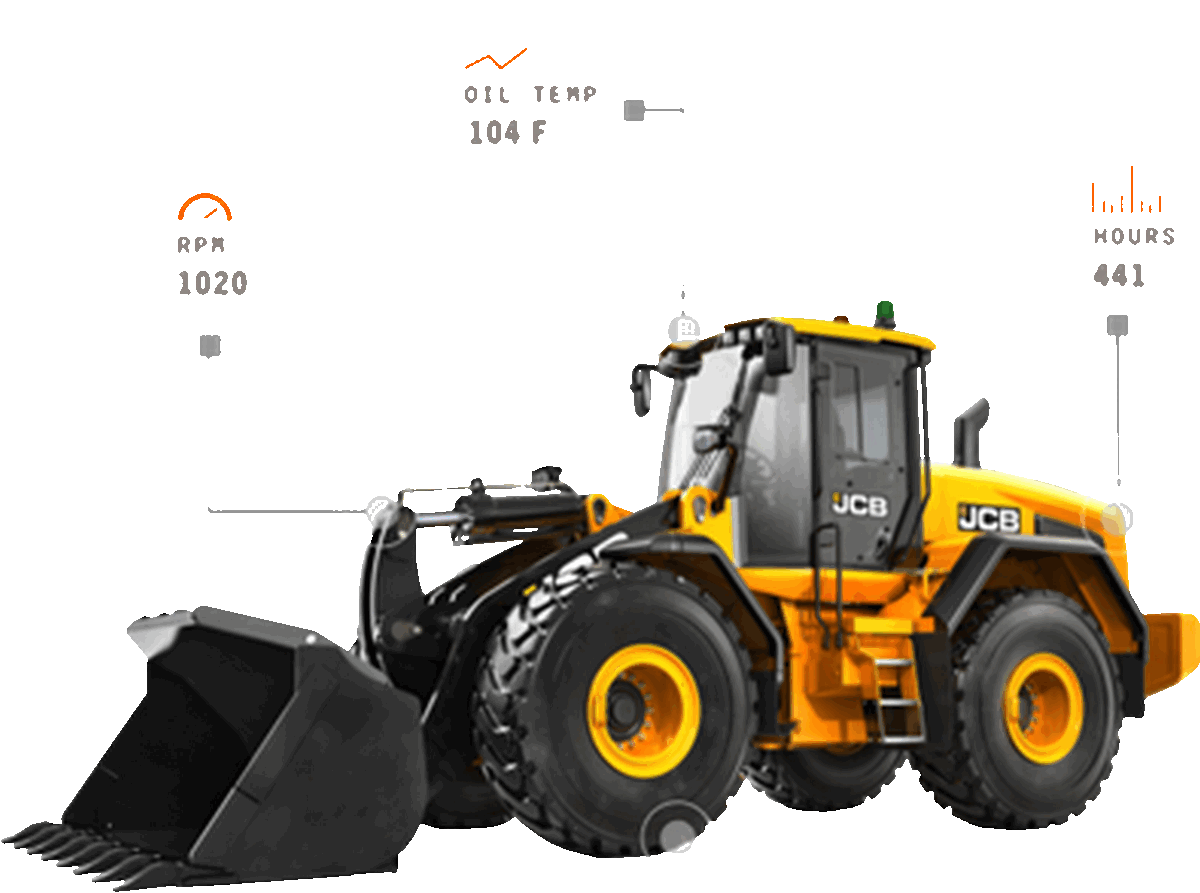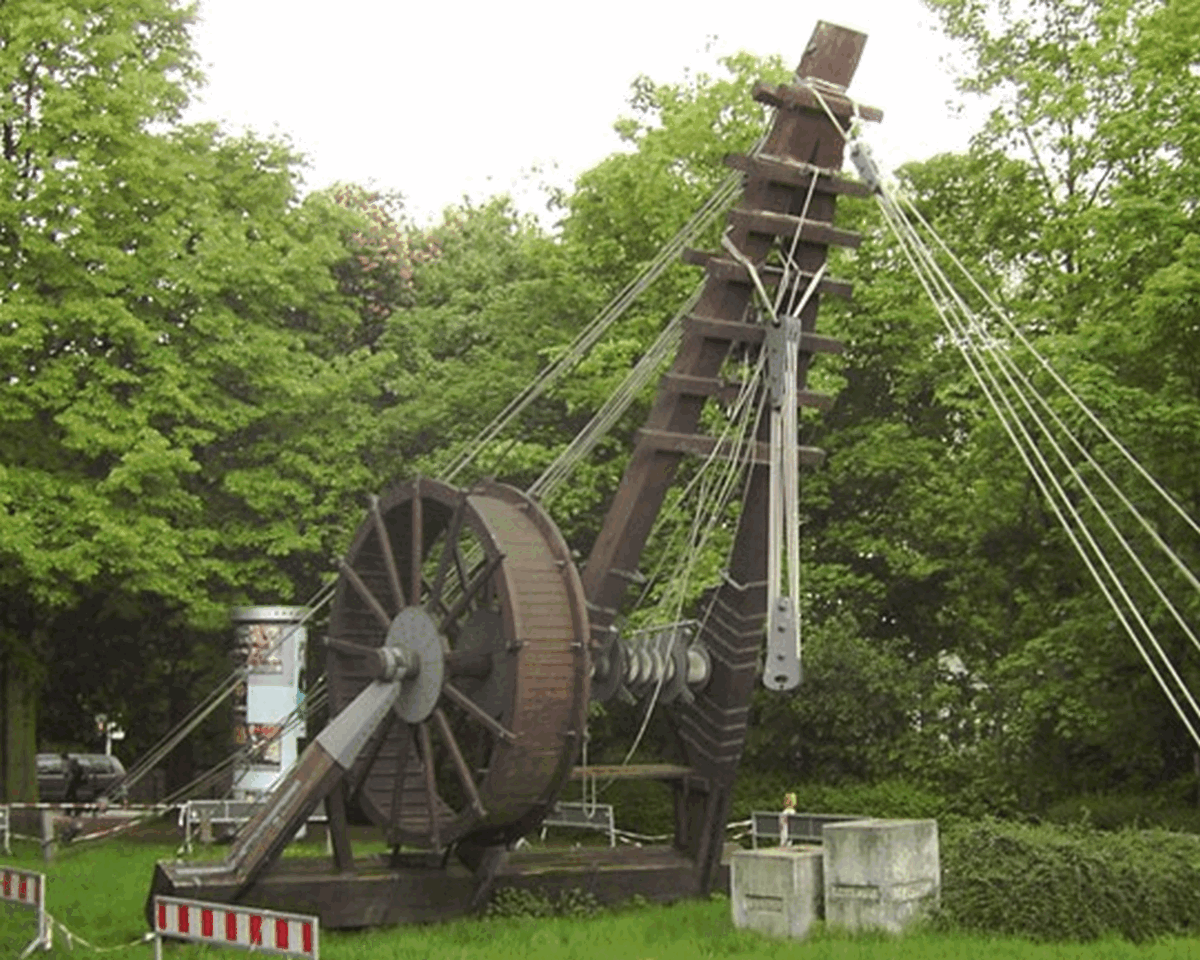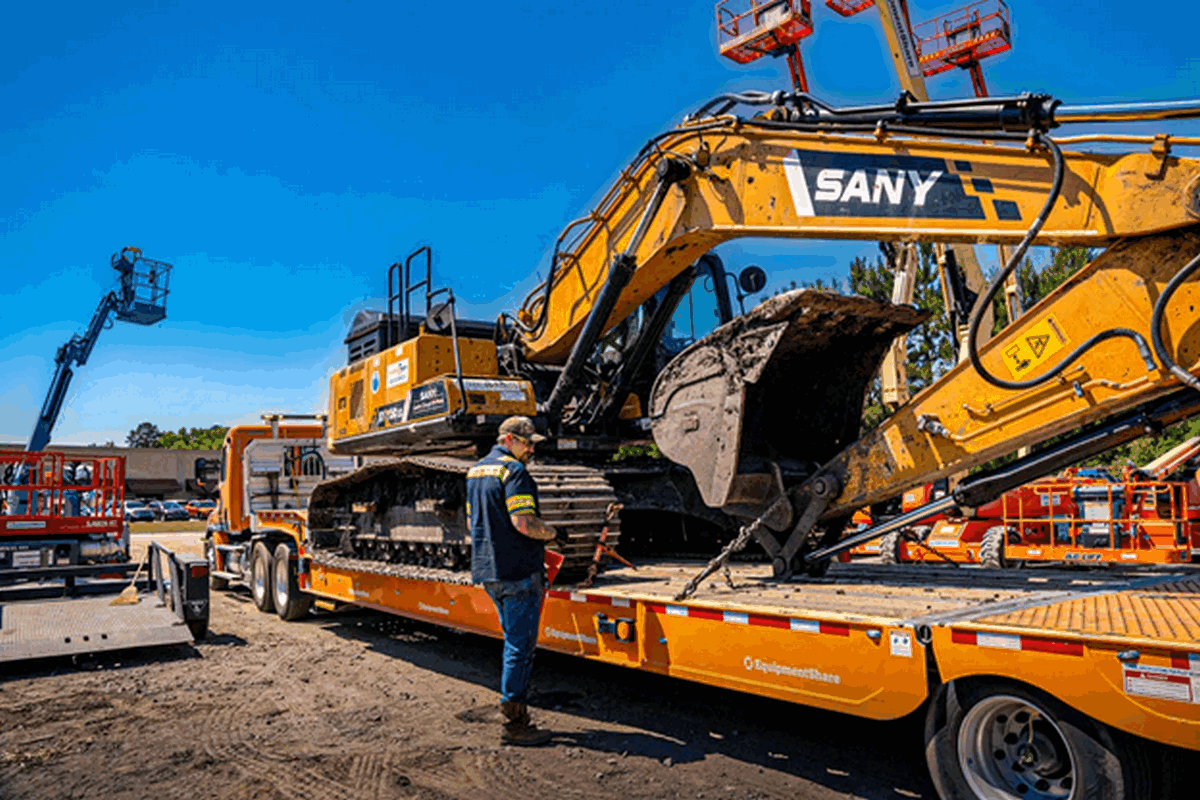A builder’s guide to heavy machinery, To enhance safety for construction site workers advice
Builders Guide to Heavy Machinery
16 November 2023
Heavy machinery refers to large, bulky equipment designed to execute construction tasks, most frequently involving earthwork operations or other large-scale studies. They are also known as heavy-duty vehicles, machines, or trucks. The main characteristic of this category of equipment is its size and weight, typically making it a significant factor in construction projects.
Key takeaways – bulky equipment maintenance, training and safety
- Heavy machinery is essential in construction, agriculture, mining, and manufacturing to speed up processes and increase efficiency.
- Proper training and safety measures are imperative when operating heavy machinery to prevent accidents and mishaps.
- Maintenance is key in ensuring the longevity and optimal functioning of heavy machinery. Regular check-ups and repairs reduce downtime and increase productivity. The blog on Fortis HD covers HD maintenance in detail if you want to check them out.
The Importance of Heavy Machinery Today
Heavy construction equipment is a crucial term in equipment and construction industries as it indicates the large-scale machines and equipment that are typically required in construction, mining, forestry, and many other industrial applications.
These machines play a substantial role in optimizing work efficiency, as tasks that would have taken humans hours or even days can be accomplished in a significantly shorter time, thus boosting productivity.
Furthermore, by utilizing heavy machinery, the safety of the workforce is dramatically improved as these machines can undertake high-risk jobs that might be hazardous to humans. Heavy machinery is essential in many industries because it streamlines operations, enhances productivity, and improves safety measures.
Builders guide to heavy machinery Explanation
Heavy machinery, alternatively known as heavy equipment, has a significant role in executing major tasks that would be difficult or nearly impossible with manual labor. These machines are essential components in the construction sector and various fields such as mining, farming, and forestry.
Their purpose extends from the excavation of earth, drilling, cutting and grinding, and moving heavy objects to the construction of commercial buildings and residential establishments. The introduction of heavy machinery revolutionized the construction field by tremendously increasing efficiency and productivity.
Various heavy machinery types exist, each fulfilling a specific role in projects. For instance, excavators are essential for digging, material handling, and specialized dredging equipment that maintain waterways and rivers, while bulldozers are utilized for moving dirt along large and open tracts of land. On the other hand, backhoes are multi-functional, as they can be used for digging, trenching, and transporting materials.
Due to the complexity and the divergent needs of large-scale projects, heavy machinery has become necessary. In utilizing these machines, tasks are accomplished with reduced time and manpower, thus providing cost-effective operations and potentially higher profit margins for businesses.

Examples of Heavy Equipment
Another critical aspect when coordinating construction and industrial activities is ensuring that your equipment reaches the site on time and efficiently. Oftentimes, power only shipping services are the right choice for projects needing seamless transport of dedicated trailers without additional weight limitations. These services streamline processes by utilizing prime movers configured to haul trailers bearing loads like machinery parts, containers, or equipment.
- Bulldozer: A bulldozer is a heavy machinery commonly used to push large quantities of materials, including soil, rubble, sand, or other heavy debris during construction or conversion work. It’s equipped with a large, heavy blade at the front.
- Crane: A crane lifts, lowers, and moves heavy materials using pulleys and cables. Cranes are frequently used to construct tall buildings or where large, heavy items must be moved.
- Excavator: These are large construction machines capable of digging deep holes in head trenches and lifting heavy materials. They are primarily used for digging in construction and mining operations. Excavators are also used for heavy lifting, like picking up large amounts of debris and transportation.
- Compact Track Loader: A compact track loader is a versatile piece of construction equipment designed for various tasks such as digging, grading, and transporting materials. They are often favored for their compact size, which allows them to operate in tight spaces where larger machinery cannot go.
- Aerial Lift: Aerial lifts are specialized equipment designed to elevate workers safely and their tools to significant heights. These machines are primarily used for maintenance, installation, and construction tasks in areas unreachable by conventional means. Examples of aerial lifts include scissor lifts and telescopic boom lifts.
Fun Facts About Heavy Machinery
Interesting facts about heavy construction equipment that you can ask your colleagues, “Did you know…?”.
- Gigantic Excavators: Some of the world’s most giant excavators, like the Bagger 288, can weigh as much as 13,500 tons and require multiple operators to control them. These massive machines are used in mining and large-scale excavation projects.
- Bulldozer Origins: “Bulldozer” was initially used to describe a person, not a machine. It referred to laborers who used their physical strength to push soil and debris around. The name later became associated with the heavy machines we know today.
- Cranes and Skyscrapers: Cranes play a vital role in constructing skyscrapers. The tallest buildings in the world, like the Burj Khalifa in Dubai, relied on specially designed cranes that could reach extreme heights.
- Tunnel Boring Machines (TBMs): TBMs are used to create tunnels for subways, sewers, and more. They are so massive that they’re often left underground when they complete their tunneling, as retrieving them would be too difficult.
- Heavy Machinery Competitions: In some parts of the world, heavy machinery operators participate in “rodeo” competitions. These events test their skills in precision digging and obstacle courses using heavy equipment.
- Bulldozer Races: Some enthusiasts have turned bulldozers into racing machines. These modified bulldozers can reach surprising speeds, and even bulldozer racing events are held in different parts of the world.
History of Heavy Equipment

Roman Empire Crane: By Qualle – Own work, CC BY-SA 3.0
Ancient civilizations
The use of heavy equipment can be traced back to ancient civilizations, where simple machines like levers and pulleys were employed to aid in construction and agriculture. These machines helped lift heavy objects, transport materials, and perform various tasks more efficiently.
Medieval and Renaissance periods
During the Middle Ages and the Renaissance, inventors and engineers like Leonardo da Vinci designed and built more sophisticated machines, including cranes, water wheels, and various types of mills. These machines were used in mining, agriculture, and construction.
Industrial Revolution (18th and 19th centuries)
The Industrial Revolution marked a significant turning point in the history of heavy machinery. Steam engines were invented and used to power various types of machines, leading to the development of steam-powered locomotives, tractors, and construction equipment. This period saw the birth of the modern construction and mining industries.
Development of earthmoving machinery
Significant advancements in earthmoving machinery were made in the late 19th and early 20th centuries. The development of the bulldozer, powered by internal combustion engines, played a crucial role in land excavation and road construction.
20th Century
The 20th century saw tremendous advancements in heavy machinery technology. World War II spurred innovation in heavy equipment, particularly in developing tanks, bulldozers, and other military machinery. After the war, this technology was adapted for civilian purposes, such as road construction and mining.
Advancements in hydraulics
Hydraulic technology became a game-changer in the mid-20th century. It allowed for the development of more powerful and versatile heavy machinery, including hydraulic excavators, cranes, and loaders.
Computerization and automation
Heavy machinery became increasingly automated and integrated with computers in the latter half of the 20th century and into the 21st century. This improved efficiency, safety, and precision in various industries. GPS technology, for instance, is now commonly used in agriculture and construction equipment to enhance accuracy and productivity.
Sustainability and green technology
Recently, a growing focus has been on making heavy machinery more environmentally friendly and energy-efficient. Innovations such as electric construction equipment and hybrids are being developed to reduce the environmental impact of these machines.
Builders guide to heavy machinery FAQ
Frequently Asked Questions:
Q1: What is heavy machinery?
A1: Heavy machinery refers to large-scale equipment used in construction, agriculture, and mining industries. This can include vehicles like bulldozers, cranes, excavators, and equipment like concrete mixers or jackhammers.
Q2: What industries commonly use heavy equipment?
A2: The most common industries that use heavy machinery are construction, agriculture, mining, and manufacturing. These industries require heavy machinery for tasks such as earthmoving, material handling, demolition, or excavation.
Q3: What safety precautions should I take when operating heavy equipment?
A3: Firstly, one should receive proper training and wear the correct protective equipment. It’s also essential to conduct regular maintenance checks, clear the working area of unnecessary objects, use safety mechanisms provided in the machinery, and follow all operational guidelines.
Q4: What are some popular brands of heavy machinery?
A4: Some of the most well-known brands include Caterpillar, John Deere, Hitachi, Takeuchi, Komatsu, Genie, and Volvo.
Q5: What’s the lifespan of heavy machinery?
A5: The lifespan of heavy machinery can vary depending on the specific equipment, usage, and maintenance; however, it’s typically around 7-10 years. Generally, equipment owners who conduct regular maintenance tasks (such as replacing filters, updating hardware, and topping off fluids) will see their machines last longer.
Q6: How does one become qualified to operate heavy machinery?
A6: One must usually complete a certification or training program to operate heavy machinery. Some operators also choose to get their commercial driver’s license (CDL), although this is not always necessary.
Q7: Can heavy machinery be rented?
A7: Yes, many companies offer rental services for heavy machinery. Renting can be a cost-effective solution for companies or individuals who need specific equipment temporarily.
Q8: Is it necessary to insure heavy machinery?
A8: Yes, it is crucial to insure your heavy machinery. Insurance can protect you from financial losses resulting from accidents, theft, or damage to your machinery.
Q9: What are the environmental implications of using heavy machinery?
A9: Heavy machinery, particularly older models, can pollute air and noise. Furthermore, the use of heavy machinery can cause soil erosion and habitat destruction if not appropriately managed.
Q10: What factors should I consider when purchasing heavy machinery?
A10: Before purchasing heavy machinery, consider factors such as your project requirements, the machine’s capacity, fuel consumption, ease of operation, maintenance needs (including how often parts need to be replaced), support from the manufacturer, and total cost of ownership.
Photo Source: EquipmentShare
Comments on this Builders guide to heavy machineryy article are welcome.
Construction Sites
Construction Sites
Common Types of Accidents on Construction Sites in UK
After a construction accident advice
Water damage from leaks: construction lawsuits
Property Design
Contemporary Property Designs – recent architectural selection from e-architect below:
Comments / photos for the Builders guide to heavy machinery page welcome





